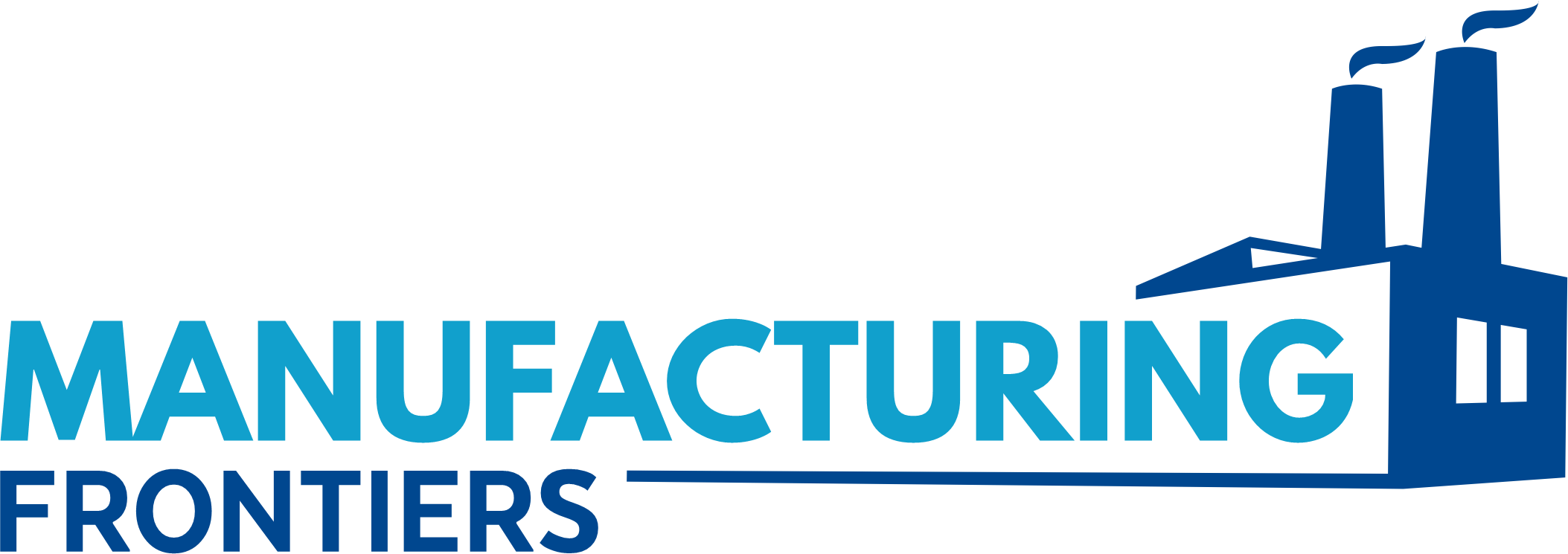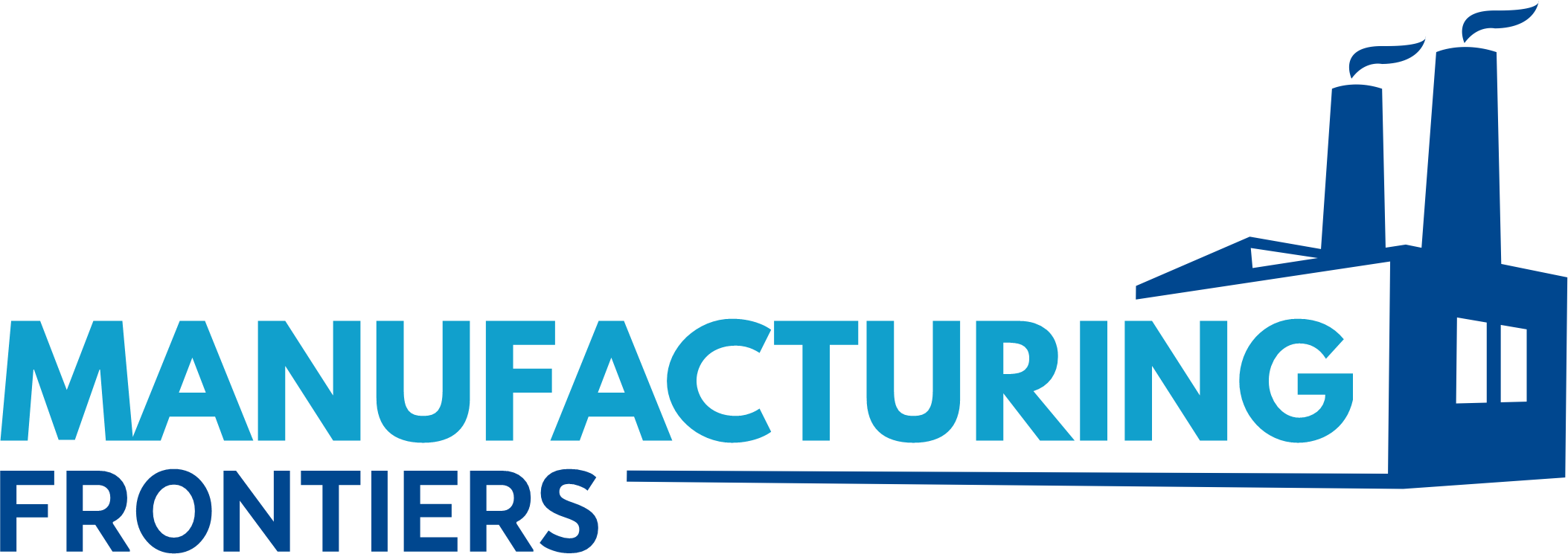and improve customer satisfaction.
What is Quality Management?
Quality management refers to the practices, processes, and systems put in place to ensure that the manufacturing process meets the required quality standards. It involves monitoring every aspect of production, from raw materials to final product testing, to ensure that each phase adheres to established quality norms. A robust QMS integrates various methods, tools, and techniques aimed at continuous improvement, process control, and achieving consistent, high-quality results.
At its core, quality management focuses on:
- Preventing defects before they occur
- Identifying and addressing issues early in the production cycle
- Continual improvement of processes and systems
Key Components of a Quality Management System (QMS)
A successful QMS is built on several essential components that work together to enhance quality throughout the manufacturing process:
- Leadership Commitment: Quality management starts with leadership. Senior management must not only advocate for quality but also lead by example. They should establish quality policies, set objectives, allocate resources, and ensure the entire organization is aligned with quality goals.
- Customer Focus: Understanding customer needs and expectations is vital. A customer-centric approach drives the manufacturing process, ensuring that the end product meets or exceeds customer requirements. Regular feedback from customers can inform continuous improvements in product design and manufacturing processes.
- Process Management: A process-oriented approach is key to effective quality management. By analyzing, defining, and optimizing processes, manufacturers can ensure consistency, reduce errors, and minimize variation. Mapping out processes and regularly reviewing them for inefficiencies will lead to better resource utilization and higher product quality.
- Employee Involvement: Employee engagement and training play a critical role in quality management. A skilled and motivated workforce is essential for maintaining high standards of production. Engaging employees in decision-making, providing training, and fostering a culture of continuous improvement will drive quality across the organization.
- Data-Driven Decision Making: In today’s data-driven world, quality management relies heavily on data collection, analysis, and interpretation. Key metrics and performance indicators should be tracked in real-time, allowing managers to make informed decisions based on actual data. This can lead to identifying potential issues early, improving resource allocation, and boosting overall efficiency.
- Continuous Improvement (Kaizen): The idea of continuous improvement, or Kaizen, is a cornerstone of quality management. By constantly striving for better practices, manufacturers can achieve higher quality, reduce waste, and adapt to changes in the market. A culture of Kaizen encourages all employees to identify areas for improvement and propose solutions.
- Supplier Quality Management: Quality doesn’t end with internal processes; it extends to suppliers. Manufacturers must ensure that suppliers meet quality standards and provide high-quality raw materials or components. Strong relationships with suppliers, regular audits, and clear communication regarding quality expectations are essential for maintaining a consistent supply of quality inputs.
Best Practices for Quality Management in Manufacturing
- Implement Lean Manufacturing Principles: Lean manufacturing focuses on reducing waste and increasing value. By minimizing defects, improving process flow, and eliminating non-value-added activities, manufacturers can significantly improve product quality while reducing production costs. Lean tools such as 5S (Sort, Set in order, Shine, Standardize, Sustain) and value stream mapping can help manufacturers identify inefficiencies and areas for improvement.
- Adopt Six Sigma Methodology: Six Sigma is a set of techniques aimed at improving process quality by identifying and eliminating defects. Using tools such as DMAIC (Define, Measure, Analyze, Improve, Control), Six Sigma helps manufacturers reduce process variation and achieve near-perfect product quality. By focusing on continuous measurement and improvement, Six Sigma drives significant gains in operational efficiency.
- Automate Quality Control: Automation can significantly improve the speed and accuracy of quality inspections. Modern quality control tools use AI, vision systems, and machine learning to detect defects early in the production process. Automated systems not only speed up the inspection process but also reduce human error, leading to more consistent product quality.
- Regular Audits and Inspections: Conducting regular internal and external audits is vital to maintaining quality. Audits provide an objective assessment of processes, identify compliance gaps, and highlight opportunities for improvement. Whether through internal teams or third-party auditors, regular inspections ensure that manufacturing standards are being met consistently.
- Employee Training and Skill Development: Regular training ensures that employees are up-to-date on the latest quality standards, techniques, and tools. By fostering a culture of continuous learning, manufacturers ensure that every worker can contribute to improving quality and adhering to best practices.
- Use of Advanced Analytics: Predictive analytics can help identify potential issues before they arise. By using data and machine learning algorithms, manufacturers can predict quality deviations, prevent equipment failures, and optimize production schedules. Advanced analytics can also help assess the root causes of defects, leading to long-term quality improvements.
- Foster a Quality Culture: Creating a quality-first mindset within the organization is essential for long-term success. Leaders should emphasize the importance of quality at every level of the business and encourage a collaborative environment where quality is everyone’s responsibility. Recognizing and rewarding employees for maintaining high-quality standards can help reinforce this culture.
The Role of Technology in Quality Management
The evolution of Industry 4.0 has brought significant advancements to quality management. With the integration of IoT, cloud computing, and AI, manufacturers now have access to real-time data, which helps in making better quality decisions. For example, IoT sensors can continuously monitor the condition of equipment, detecting issues before they affect production quality. Additionally, AI-powered analytics can process large amounts of data to identify patterns, predict defects, and offer insights for continuous improvement.
Challenges in Quality Management
While adopting a comprehensive quality management system is essential, there are several challenges manufacturers face:
- Resistance to Change: Employees and management may resist new quality processes or technology implementations.
- Resource Constraints: Implementing and maintaining a robust QMS requires investment in training, tools, and technology.
- Data Overload: With the vast amount of data generated by sensors and IoT devices, manufacturers may struggle to extract meaningful insights and make data-driven decisions.
- Supply Chain Issues: Maintaining consistent quality throughout the supply chain can be challenging, especially when dealing with multiple suppliers.
Conclusion
Quality management is a critical component of manufacturing success. By implementing best practices such as lean manufacturing, Six Sigma, automation, and continuous improvement, manufacturers can achieve superior product quality, reduce waste, and enhance customer satisfaction. With the rise of new technologies like AI and IoT, quality management is poised to evolve even further, enabling manufacturers to achieve operational excellence and stay competitive in an increasingly globalized market.
Manufacturers who prioritize quality at every stage of their operations will not only improve efficiency and reduce costs but also strengthen their reputation and build long-term relationships with their customers. As the industry continues to embrace innovation, the future of quality management looks more promising than ever.









